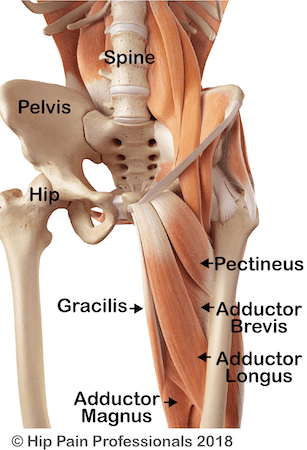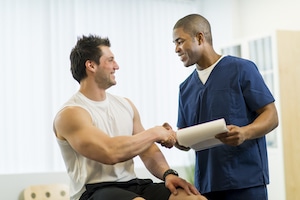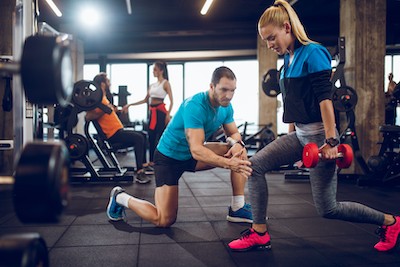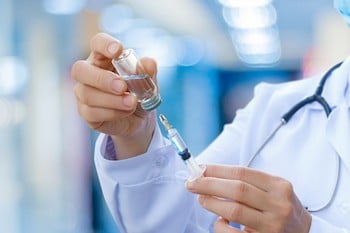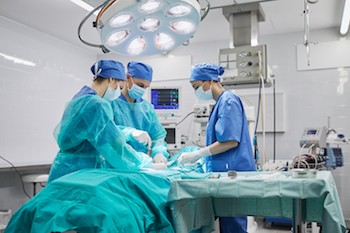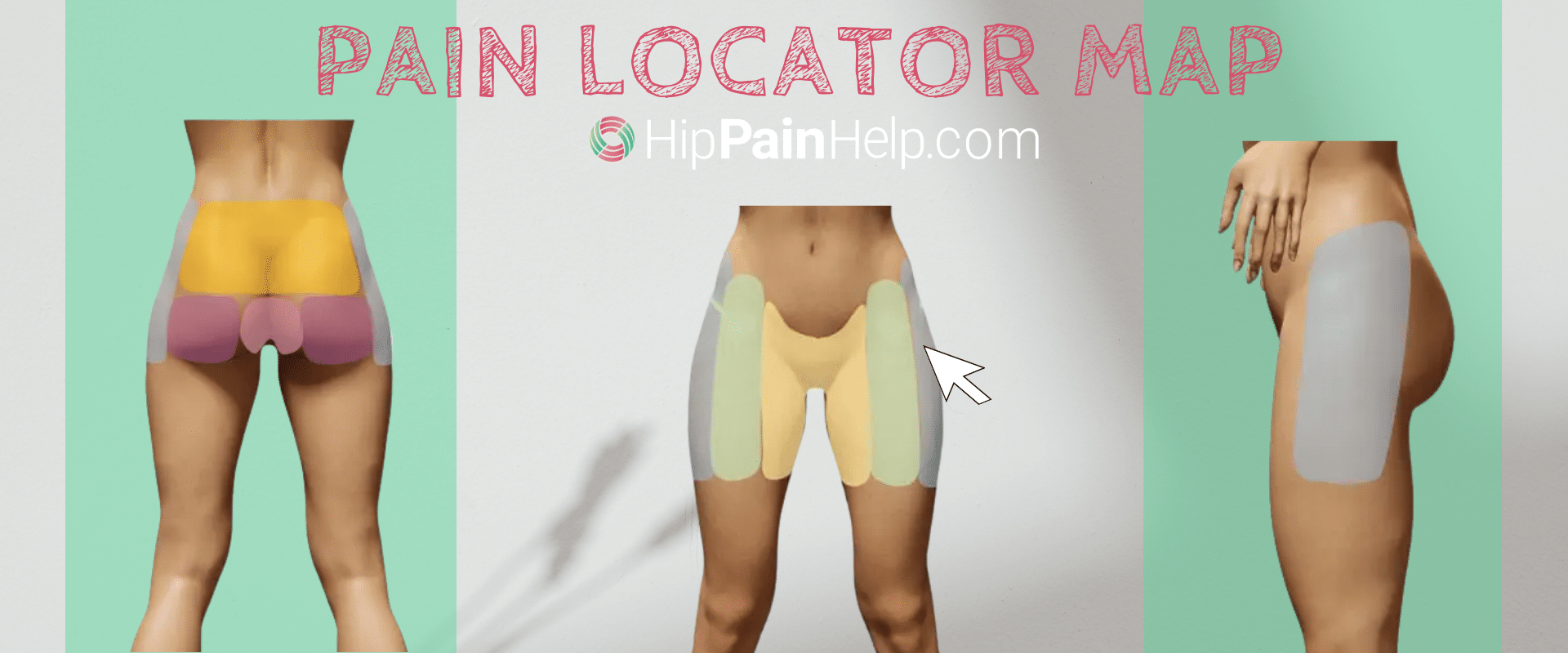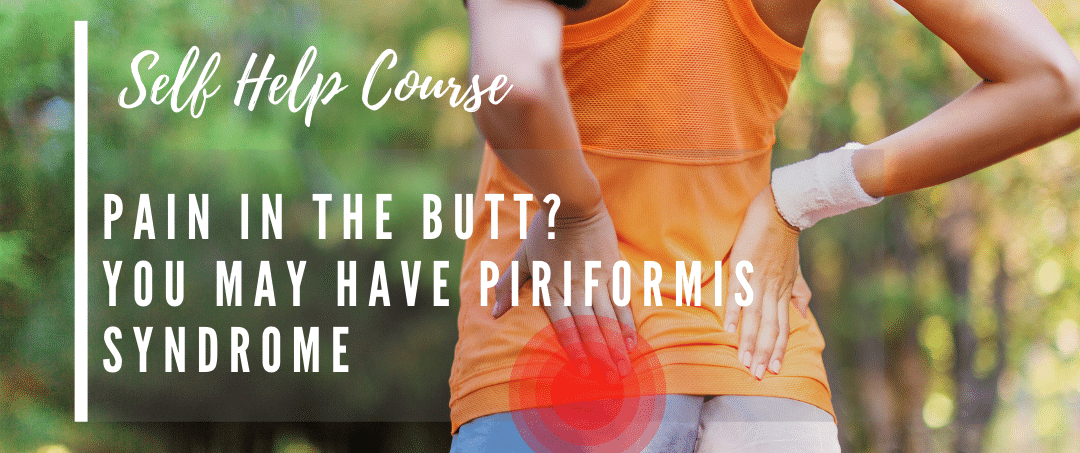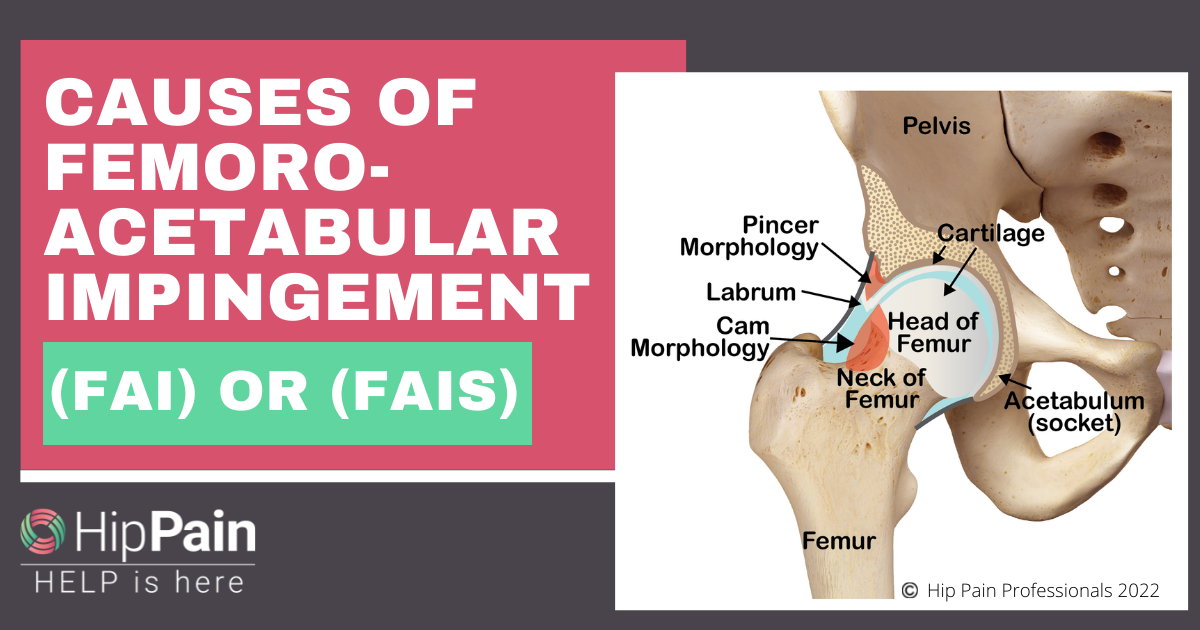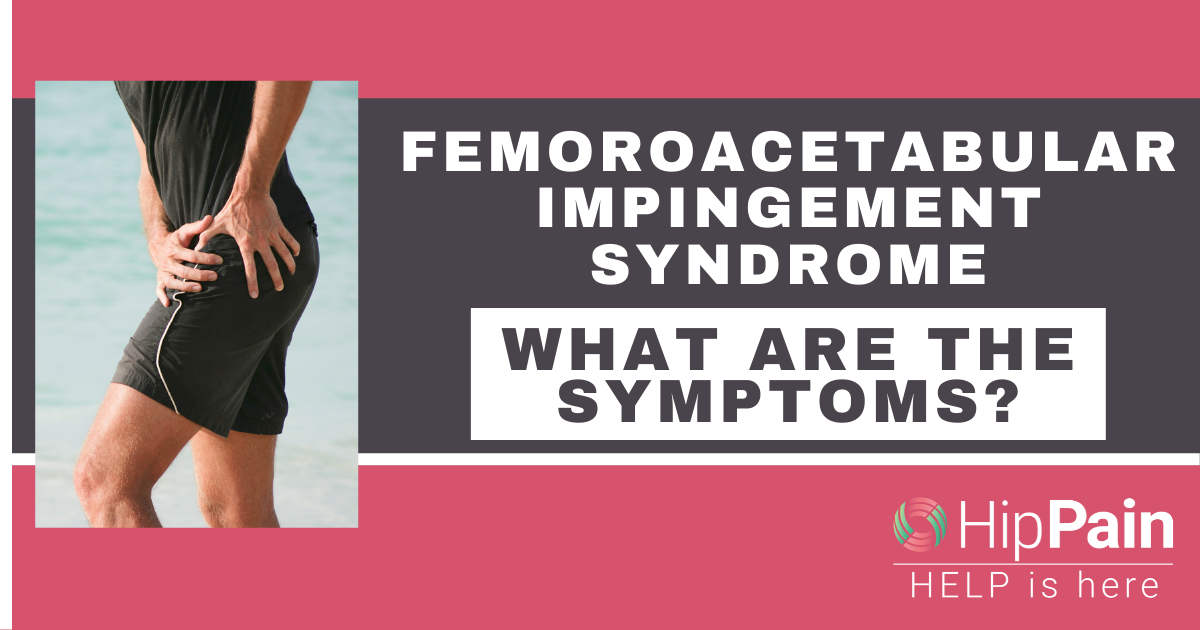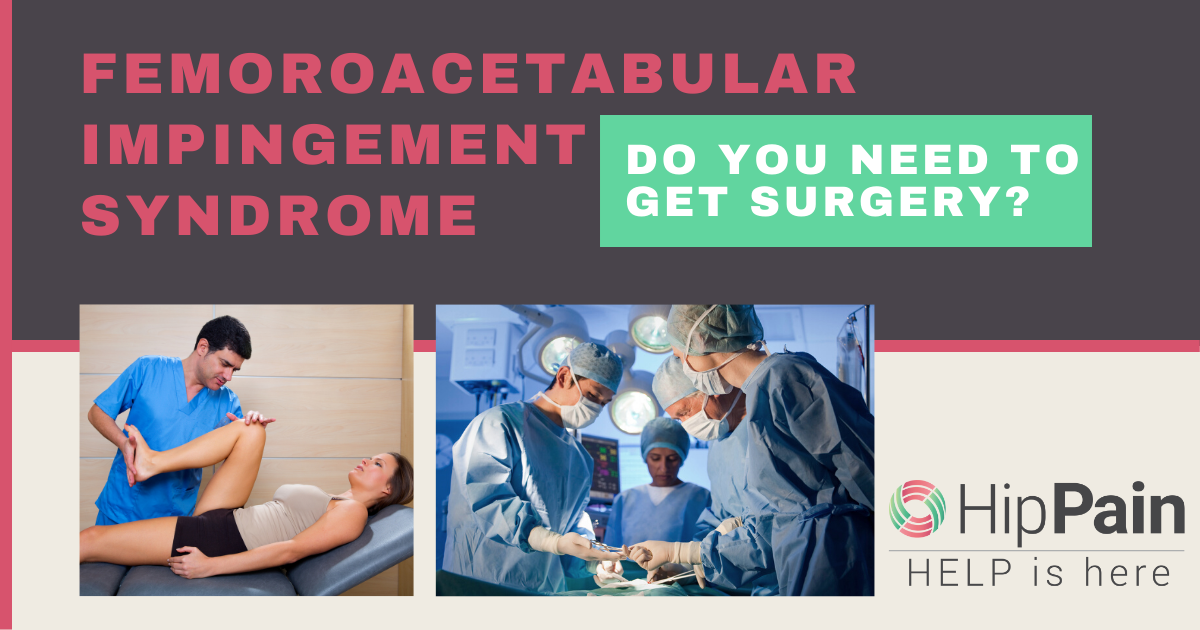
This is the type of injury that is best assessed and managed as soon as possible – early treatment of adductor related groin pain is best. Your Hip Pain Professional can provide a thorough examination and look for reasons underlying your condition. They will then develop a personalised recovery plan for you and put strategies in place for minimising the chances of reinjury.

